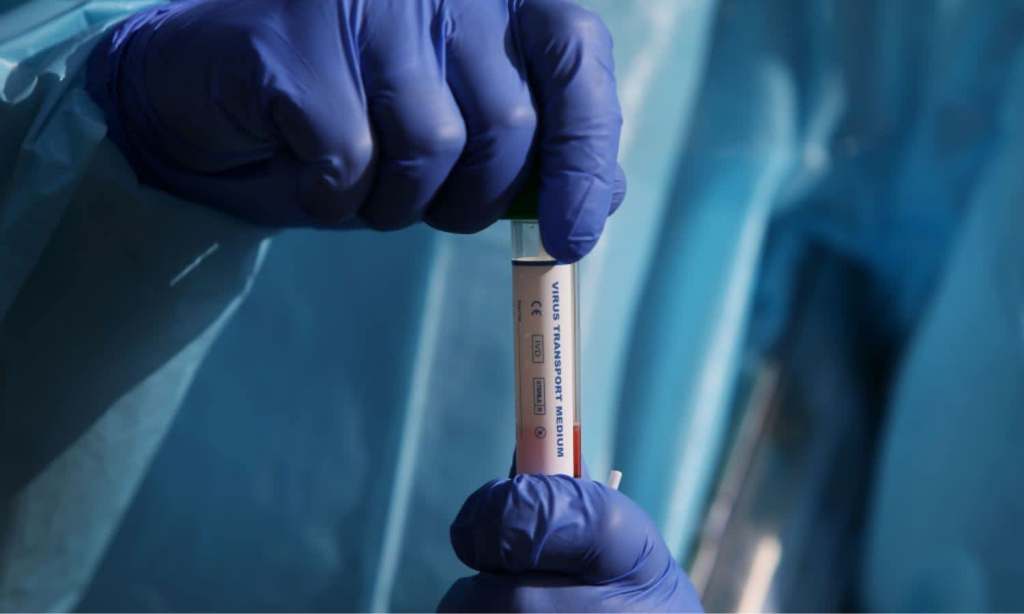Two Victorians diagnosed with COVID-19 back in July were again counted in Victoria’s coronavirus cases numbers this week. But, scientists aren’t simply putting this down to reinfection, according to the ABC, these people could still be “shedding viral remnants from their initial infection.”
But, how can the virus still be shedding from these two people months after recovering from the infection? Apparently, it’s totally possible, especially with a viral illness.
What does it mean to “shed the virus”?
Much like the flu or herpes, viral illnesses like the coronavirus shed from the body. With COVID-19 specifically, this usually happens when the person is infectious but is yet to start showing symptoms. The contagious period will usually end roughly 10 days after symptoms have presented.
In some cases, it has been shown that people can continue to shed “remnants” of COVID-19, even when the virus is technically dead and no longer infectious. According to Marc Pellegrini, the head of infection and immunity division at the Walter and Eliza Hall Institute of Medical Research, a recent study out of South Korea found that the “genetic remnants of the virus” could stick around for weeks.
“As an analogy, if you find a balaclava and gloves in your house, does it still mean there’s a criminal inside? Perhaps not — it could be just the remnants of their clothing that they’ve left behind,” Pellegrini told ABC Radio Melbourne.
“So, it’s the same with the virus. You may well have recovered and there are some remnants or a genetic footprint [showing] that the virus has been there, but it’s not actually infectious virus.”
While shedding is possible, it’s not all that common
Shedding the dead virus months after initial infection is possible but its pretty uncommon. But, health officials in Victoria say the two cases recently detected weren’t connected but seem to believe it was a case of shedding rather than reinfection.
Both cases are currently being examined by an expert panel, who are hoping to rule out the possibility that these cases were actual reinfections. Unfortunately, there’s no word on how long this panel will take to provide an update on this one.
“If a person tests positive a second time, an expert panel of clinicians and epidemiologists will review the case to determine if this is a new infection or if the person is still shedding virus from their original infection,” the Department of Health and Human Services said.
“The panel examines issues including the case’s movements, symptoms, epidemiological links to known cases and test results to inform its decision.”







